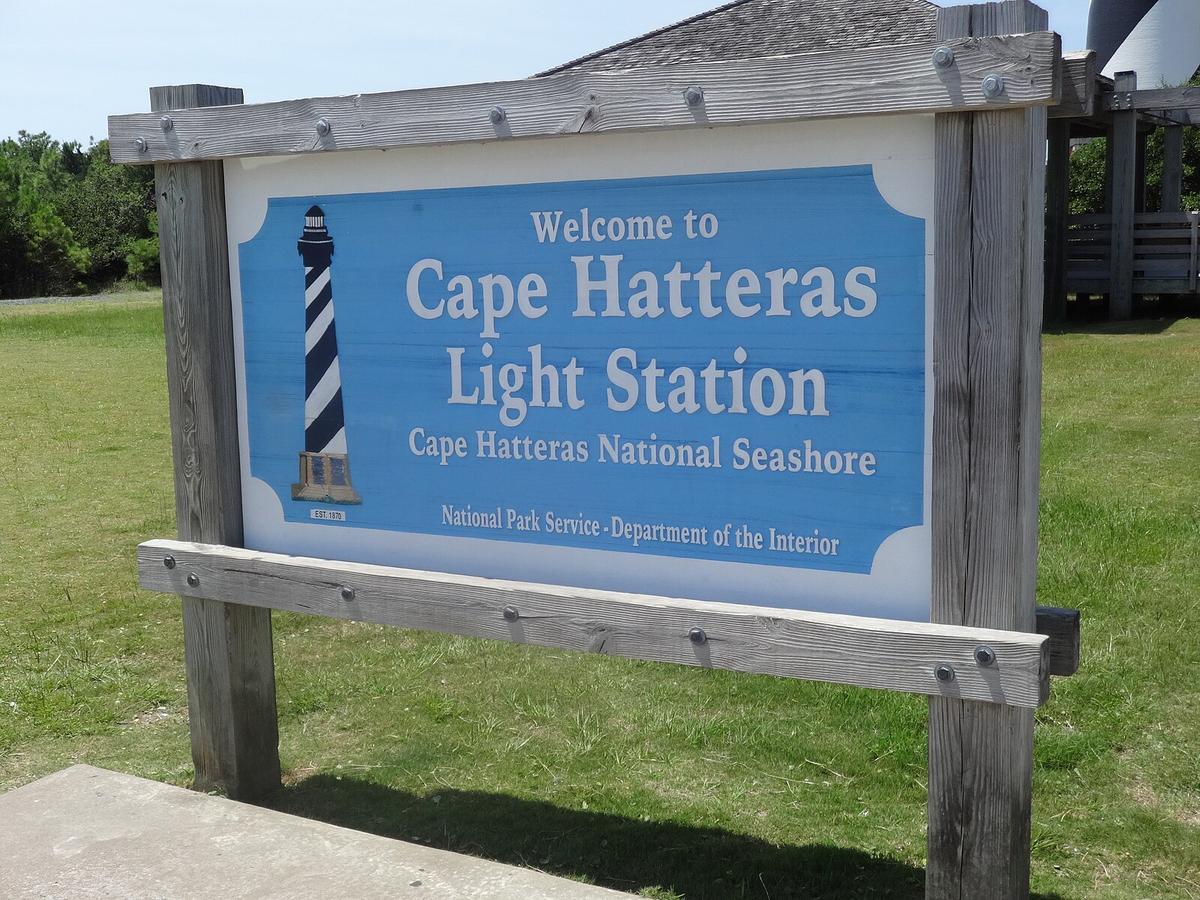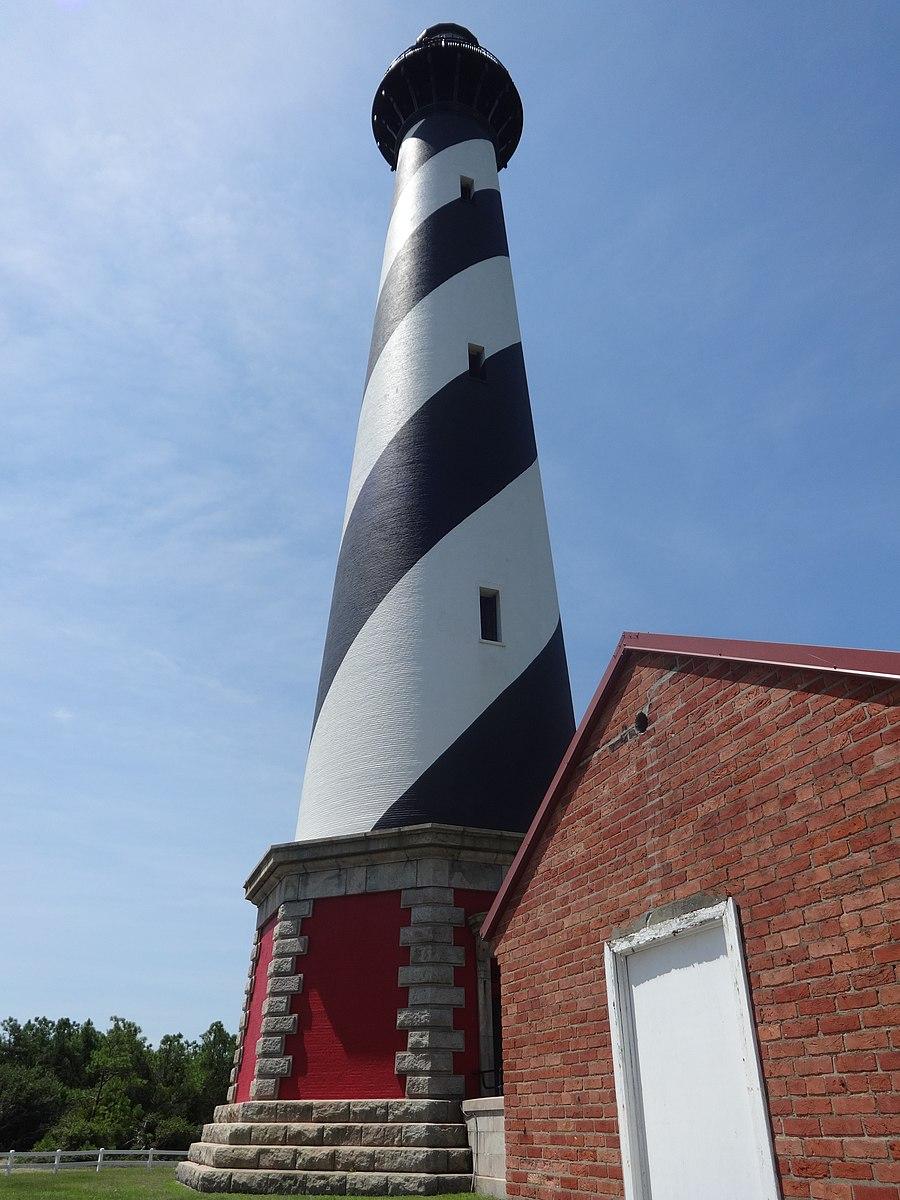After visiting the lighthouse on Cape Hatteras, most visitors leave dumbfounded. That’s not just because of its sheer size but what happened to it 25 years ago.
 Bohemian Baltimore</a>/<a href=https://www.theepochtimes.com/bright/"https://creativecommons.org/licenses/by-sa/4.0/deed.en">CC BY-SA 4.0</a>)" width="1600" height="1200" class="cursor-pointer object-cover"/>
Bohemian Baltimore</a>/<a href=https://www.theepochtimes.com/bright/"https://creativecommons.org/licenses/by-sa/4.0/deed.en">CC BY-SA 4.0</a>)" width="1600" height="1200" class="cursor-pointer object-cover"/>Five lighthouses exist along the Outer Banks, a narrow stretch of North Carolina and Virginia barrier islands, considered one of the most hazardous sections of the Atlantic Coast. The Cape Hatteras lighthouse in the North Carolina section of Outer Banks is one of these five. It’s highly recognizable due to both its height and its appearance. At 198.5 feet from the bottom of the foundation to the top of the tower’s pinnacle, it is the tallest brick lighthouse in the United States. That’s 268 steps from the base to the top chamber! Plus, its distinguishable painted lighthouse daymark and nightmark is a bold diagonal black and white stripe pattern.
The active lighthouse looms large from a distance, but it towers most strikingly over the small National Park Service parking lot situated among marsh shrubs and low-hanging live oak trees. It’s hard to imagine how such a structure was built in the late 1800s yet still stands structurally sound.
I stared at the sign, back at the lighthouse, then back at the sign. It must have been dismantled and rebuilt, I surmised. I'd ask a docent inside the museum.
 Bohemian Baltimore</a>/<a href=https://www.theepochtimes.com/bright/"https://creativecommons.org/licenses/by-sa/4.0/deed.en">CC BY-SA 4.0</a>)" width="900" height="1200" class="cursor-pointer object-cover"/>
Bohemian Baltimore</a>/<a href=https://www.theepochtimes.com/bright/"https://creativecommons.org/licenses/by-sa/4.0/deed.en">CC BY-SA 4.0</a>)" width="900" height="1200" class="cursor-pointer object-cover"/>Moving a Lighthouse
I soon had my answer. One area of the museum is devoted to the engineering feat attempted in 1999. No such fear has been attempted before or achieved since. In fact, the Cape Hatteras lighthouse is the largest brick structure in the world to be moved intact. To wrap one’s mind around the magnitude of such a task, consider that the structure was relocated the equivalent of eight football fields from its original site—more than half of a mile.Why was it moved? The threat of shoreline erosion. According to the National Park Service (NPS)the Cape Hatteras lighthouse was situated a safe distance from the ocean when it was completed in 1870: 1,500 feet. But by the late 1990s, the lighthouse was just 120 feet from lapping waves. Left at its original site, the lighthouse would have eventually been consumed by the sea.
A documentary in the Cape Hatteras Museum, available online, shows how an large-structure moving company, a chimney company, and a team of engineers, contractors, and technicians came together to figure out how to relocate the 4,830-ton structure and keep it from toppling over. The lighthouse had to be lifted off its foundation, transferred to a transport system, and moved along a rail route to the new location.
The almost $12 million process of moving the lighthouse began on June 17, 1999.
NPS shares: “Steel track beams became rails and roller dollies permitted the support frame to move along the track. Three zones of hydraulic jacks kept the lighthouse aligned. Push jacks, clamped to the track pulled the frame forward 5 feet at a time. The lighthouse was equipped with 60 automated sensors to measure the transfer of the load, tilt, vibration, and shaft diameter. A weather station was installed at the top to monitor wind speed and temperature.”

It took 23 days to move the lighthouse 2,900 feet. It was placed on a new foundation July 9, 2009. Visitors can stand at the original site and marvel at just how far the Cape Hatteras lighthouse traveled. Now 1,600 feet from the ocean, it is not expected to be threatened by ocean waves for another 100 years.







